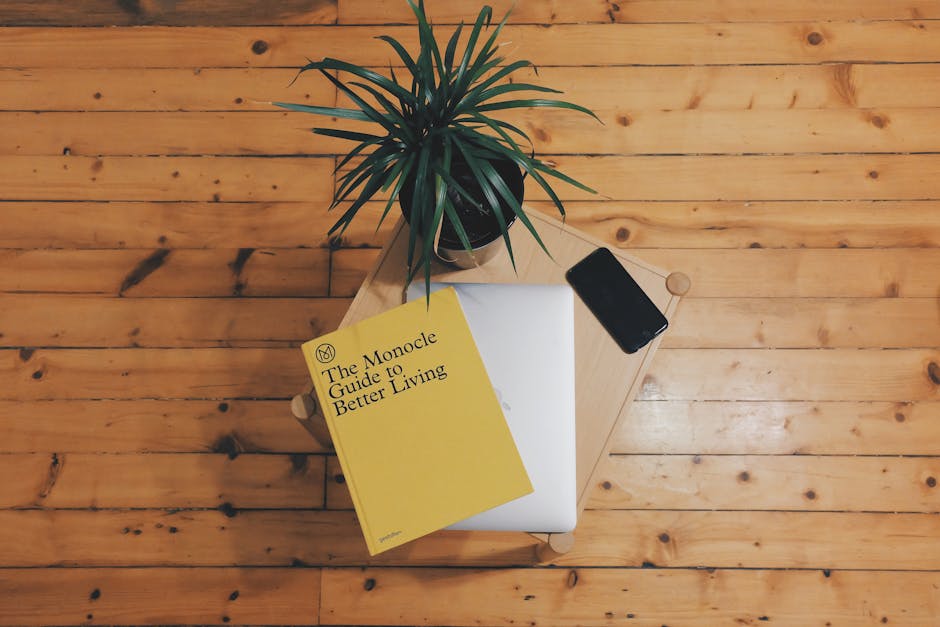The Pros and Cons of Bamboo Flooring
We’re often asked “how can I make sure my floor is environmentally-friendly?” And although there have been plenty of measures put in place to protect our forests etc many people are still reluctant when it comes to buying solid wood floor. With this in mind it often comes as a shock when we recommend Solid Bamboo Flooring, but in our mind it’s one of, if not the most eco-friendly options on the market! So lets go into a little more detail as to why we love it so much..
What is bamboo?
Bamboo is probably best known as being a pandas favourite food as oppose to a flooring material. What you may not know is that bamboo isn’t actually wood, instead it comes from the grass family. Although it isn’t your stereotypical grass that is found in gardens across the world, in fact it’s of a much superior grade! So how is it that a type of grass is strong enough to be made into flooring? Well, once the bamboo is fully mature it acquires characteristics that strongly resemble those of hardwoods. It becomes really durable and can even offer better stability than most real wood floors! The main type of bamboo that can be used for flooring grows in China, it is known as ‘Moso Bamboo’ and is the most suitable species of bamboo when it comes to flooring. Many people are concerned about the potential damage that the flooring industry could do the pandas’ habitat, but the truth is that due to the quick growth-rate of the bamboo there is no real threat and the pandas will remain well fed!
How is bamboo flooring made?
Okay, so it’s a pretty tricky process but the end result is impressive. First of all the bamboo needs harvesting, this step alone has it’s implications as everything must be kept at the right temperature etc. Once harvested the bamboo is then split into strips that are boiled, this helps to get rid of any remaining bugs and dirt that may have remained on the bamboo. After they’ve been boiled the strips are heated up which carbonises them. Next it’s time to weave the strips together before they are stacked and left to dry for as long as necessary. The strips are then pressed under an extremely heavy weight and dried using intense heat, what this does is fuses the raw materials together resulting in planks! This is when the bamboo starts to resemble hardwood flooring, in fact, you’d struggle to remember it merely started as grass. All that’s left to do now is mill the tongue and grooves on to the planks (these are what help you to install the floor), before applying the UV protection, along with the finish and a moisture seal treatment. Once all of the above are done the pieces of bamboo are boxed up and shipped out to some lucky folk!
What makes them so eco-friendly?
First of all, because bamboo is a grass and not a tree it’s automatically much more renewable than other flooring materials. For example, instead of having to wait for 25 years for a tree to reach full maturity, bamboo is fully mature and ready to be harvested in about 5 years. What’s more is that due to it’s regenerating properties, bamboo doesn’t need to be replanted once it has been harvested, instead it simply grows back on its own accord. Pretty impressive eh? As stated earlier, bamboo is mainly harvested in China and this is also where it is manufactured, by harvesting and manufacturing the product in the same area it is helping to reduce the carbon foot print. To ensure that the bamboo flooring you buy is really eco-friendly then it’s important to check that the company you’re purchasing it from have Forest Stewardship Council (FSC) certificate for the flooring itself. The FSC is a global organization who are dedicated to the responsible management of various forests across the world, their aim being to ensure that the harvest of both bamboo and timber allows the population of the said material to be maintained. If you see that a company has this certificate then you can be assured that every company involved in the production of your floor has adhered to the standards as issued by the FSC.

[Photo courtesy of Pixabay/pexels.com]
The pros and cons:
| Pros | Cons |
| Durability – Due to the way that they are manufactured Bamboo floors are often harder and denser than the likes of solid wood floors. What this means is that they are ideal for homes with children and pets as they shouldn’t look too worn or scratched after a few years use. | No ‘Grades’ – Unlike solid wood flooring where there are a range of different grades for the wood, this isn’t the case for bamboo flooring. This means that because there is no independent grading system for bamboo flooring retailers may post their own ‘reviews’ of the product but these would not reflect an independent assessment. |
| Affordability – If you’re working towards a budget then bamboo flooring could be a great option for you. The great thing about bamboo flooring is it bears a strong resemblance to solid wood flooring but comes at a margin of the price! | Refinishing – Although it’s doubtful that your bamboo flooring will need to be refinished it’s worth noting that they can’t be re-stained. So if you do intend on sanding the boards after a certain amount of time then it’s likely that you’ll have to make do with the colour of the exposed board and a clear coat for the top of it. |
| Eco-Friendly – Possibly the main reason that bamboo flooring is so popular, as explained above. | |
| Maintenance – Bamboo floors are just as easy to maintain and clean as any wood floor. As they are already pre-finished it’s usually fine to give them a quick sweep on a daily basis and perhaps vacuum once a week? If you’d prefer a deeper clean then using a lightly damp mop will do the trick! |
